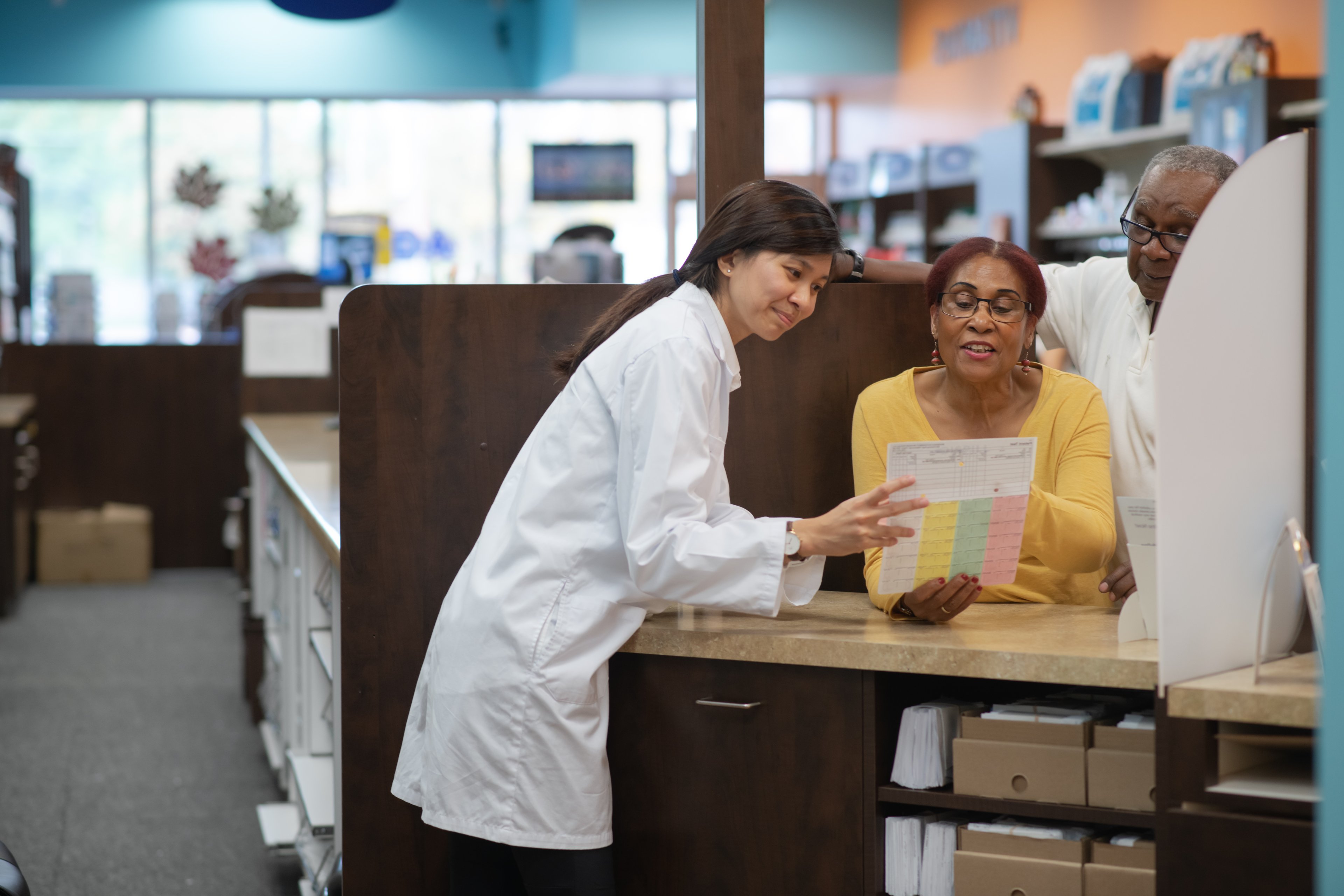Rite Aid (RAD +0.00%) is the third-largest pharmacy retailer in the country operating over 4,500 stores in 32 states and that means that it has significant buying power to negotiate lower prices.
Yet, while Rite Aid's pricing power means that it can offer specials at prices that match up well against other retailers, you're likely to find better deals elsewhere on these three things.

Source: Wiki commons user Specious.
No. 1: Food items
Rite Aid's shelves are packed with basic food items such as cereals and that can offer consumers a great deal of convenience, but prices for those items are often much higher than they would be at grocers like Kroger or supercenters like Wal-Mart.
For example, on a recent visit to my local Rite Aid pharmacy, the store was charging $4.99 for a 12 ounce box of Special K and $3.29 for a 18.6 ounce can of Campbell's Chunky soup. That's far north of the price I'd pay at my local Wal-Mart.
Obviously, Rite Aid is competing with convenience store chains on these items, not major retailers, but that doesn't change the fact that if you're grabbing a box of Honey Nut Cheerios or a can of Dinty Moore stew on your next visit to the pharmacy, you'll likely be paying more than you would otherwise.
No. 2: Electronics
Walk the aisles in your local Rite Aid store and you'll come across an aisle that's packed with phone chargers, clock radios, and even Blu-ray players.
Those items will work for consumers in a pinch, but they're unlikely to be your cheapest option, so instead of relying on Rite Aid for last-minute electronics buys, plan ahead and buy these items online or at a major supercenter or electronics store.

Source: Rite Aid.
No. 3: Generic drugs
If you lack insurance coverage for a particular prescription medicine available in generic form, you may save more money by visiting a pharmacy at a mass merchant such as Wal-Mart than by heading to your local Rite Aid.
In 2013, Consumer Reports compared prices on common generic prescriptions and found that out-of-pocket costs varied widely, but were generally higher at stand-alone pharmacies like Rite Aid than they were at the superstores.
A Consumer Reports study surveyed 200 different retailers and compared prices for a one-month supply of five widely used drugs and overall, the difference in out-of-pocket costs was dramatic, with the lowest cost retailer, Costco, offering a 447% savings over the most expensive retailer.
Interestingly, the study also found that some big-box retail store prices for generic medicine were lower than insurance copays, leading Consumer Reports to suggest that it may make sense to pay entirely out of pocket in some instances rather than go through your health insurance.
Tying it together
Rite Aid makes most of its money filling prescriptions, but a whopping 30% of its $6.6 billion in quarterly revenue comes from selling convenience items and that means plenty of shoppers are filling up their baskets on the way to and from the pharmacy at the back of Rite Aid's stores.
Although food and electronics prices are going to be higher at Rite Aid than at other retailers, Rite Aid does offer a loyalty rewards program that includes a 20% discount at its highest tier. That discount isn't going to make most of these items cheaper than they would be at a big-box store, but it can narrow the gap and that means that cost-conscious shoppers ought to make sure they use their rewards card if they're pressed for time and have to buy these items at Rite Aid.






